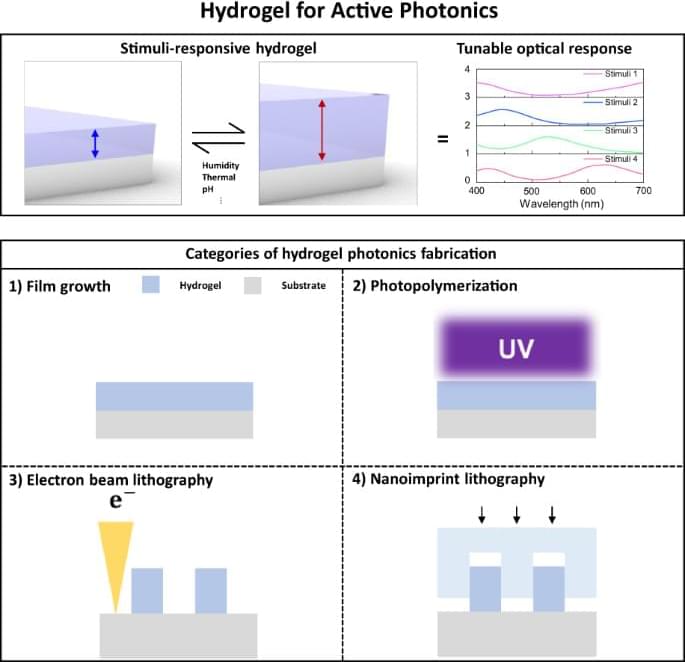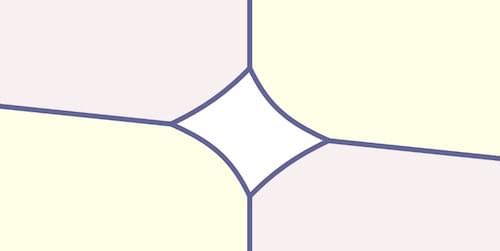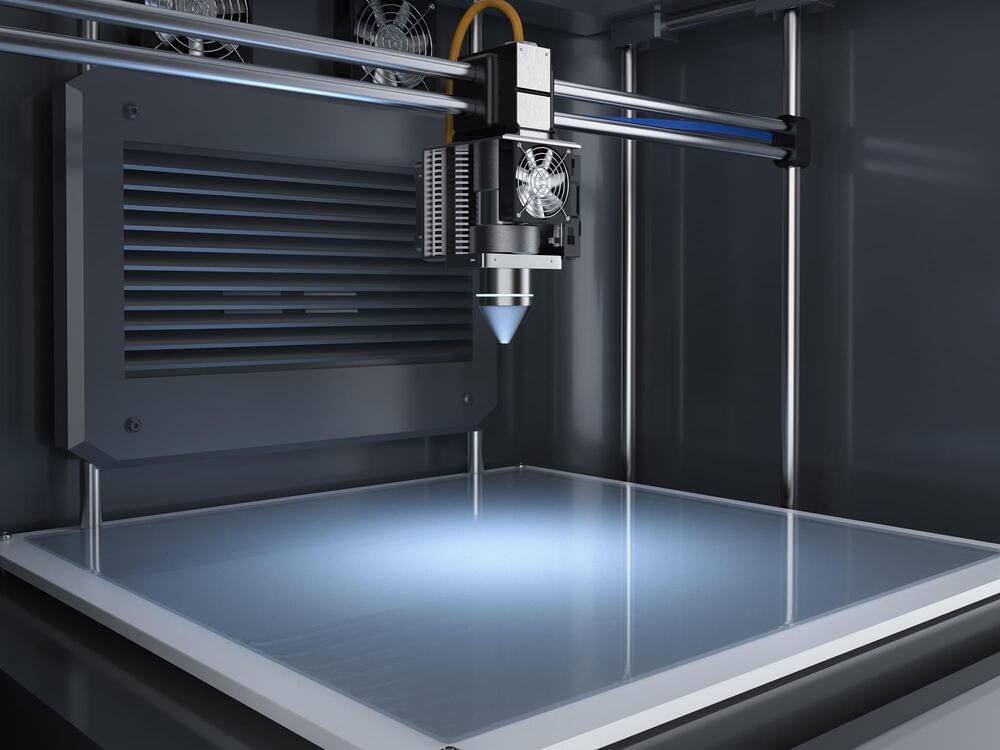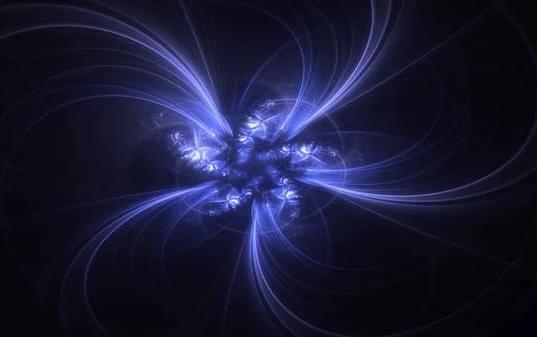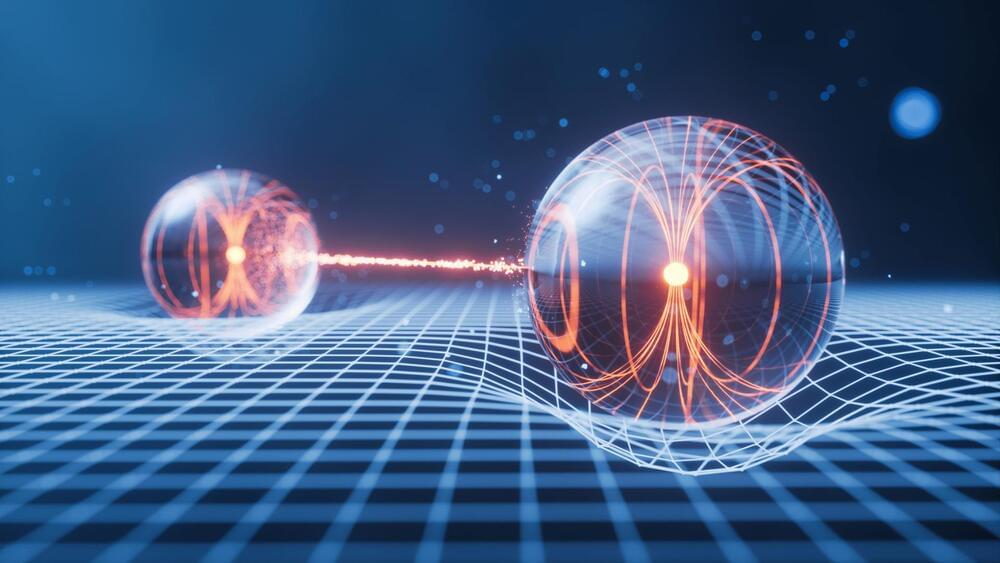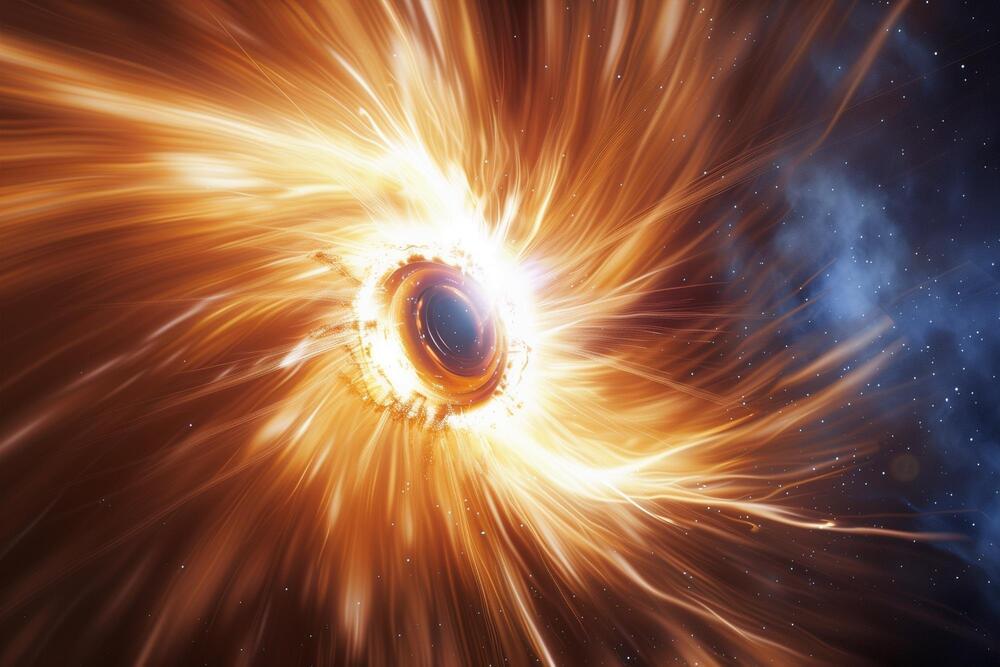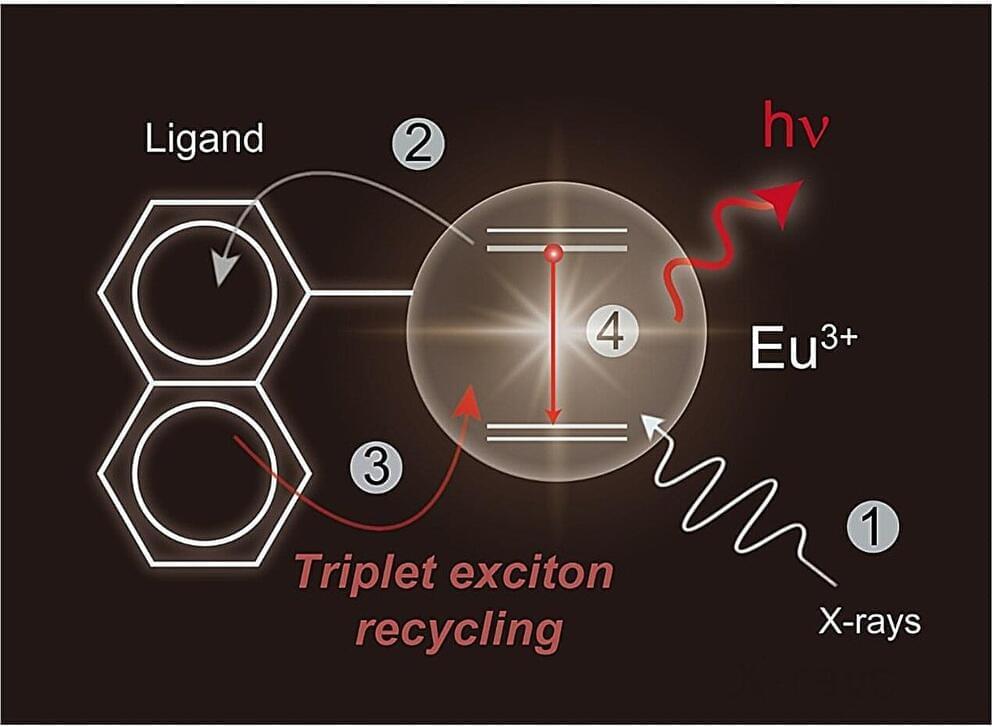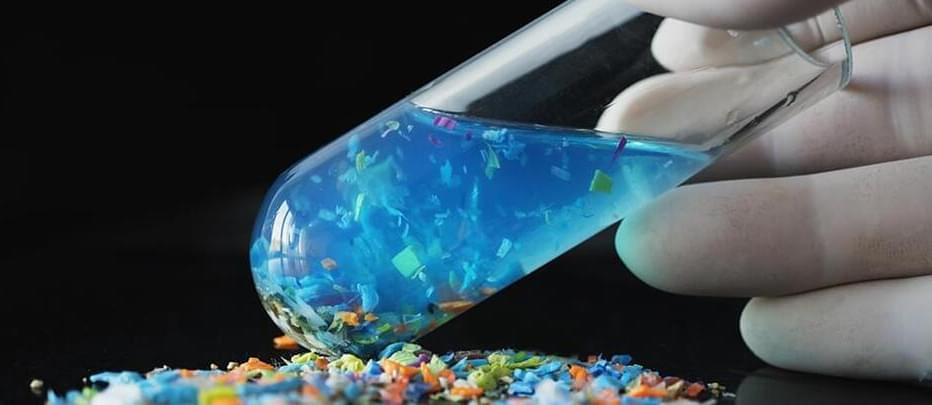Scientists are exploring 2D materials — sheets just one atom thick — with unique and promising electronic properties.
When two of these sheets are layered at specific angles, they can exhibit remarkable behaviors, such as superconductivity. Antonija Grubišić-Čabo, a materials scientist at the University of Groningen, and her colleagues investigated one such “twisted” material and found that it behaved in ways that defied existing theoretical predictions.
2D Materials and Superconductivity.

